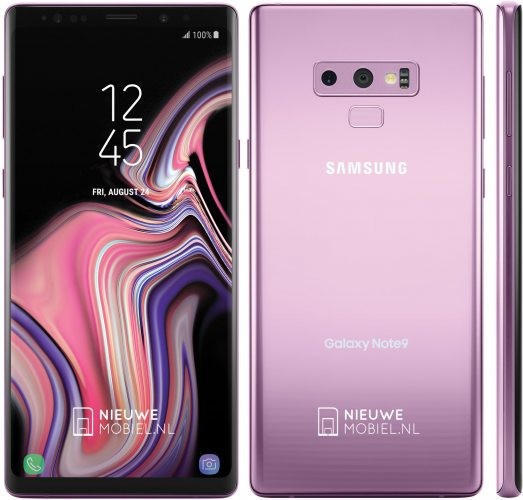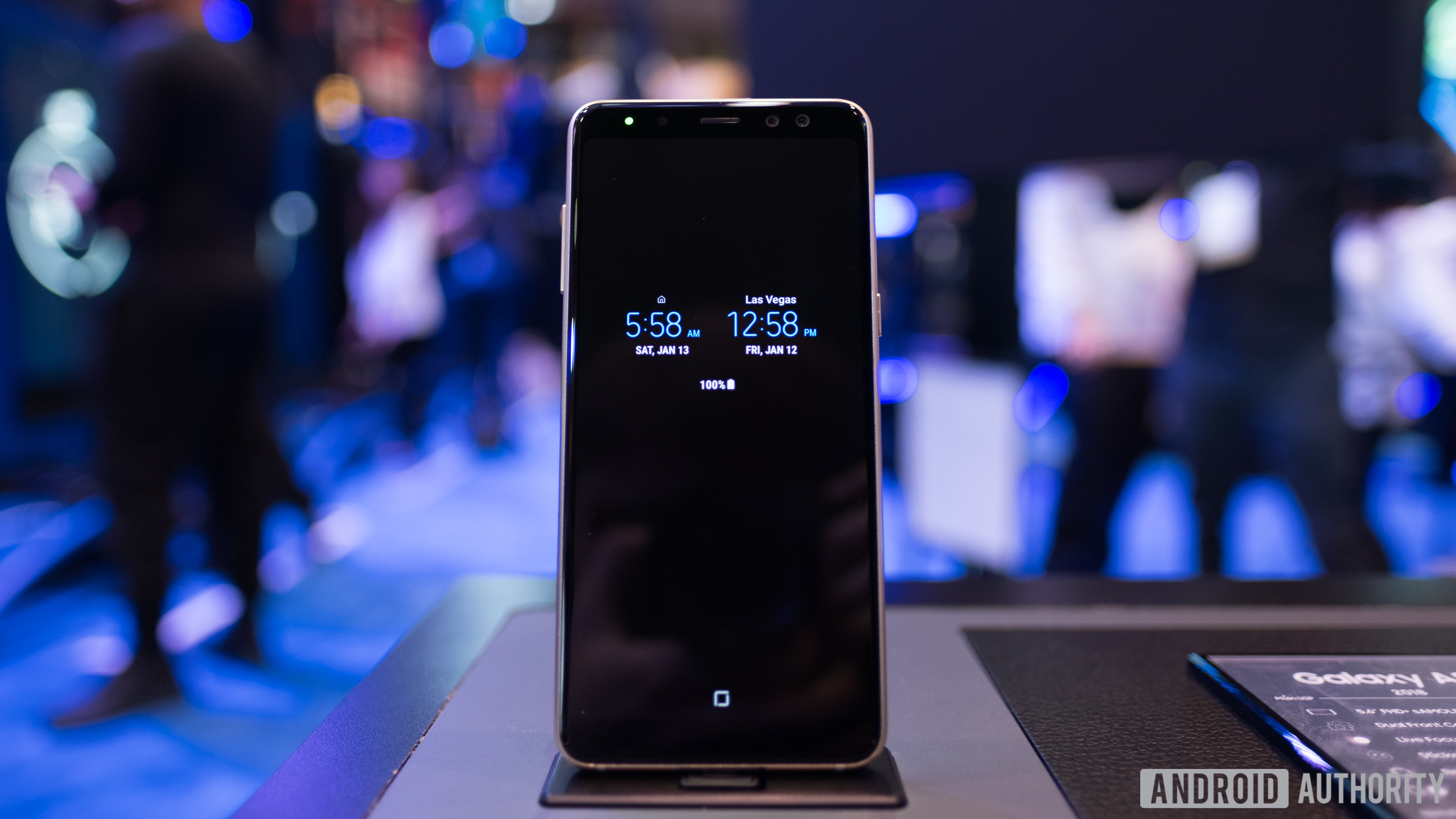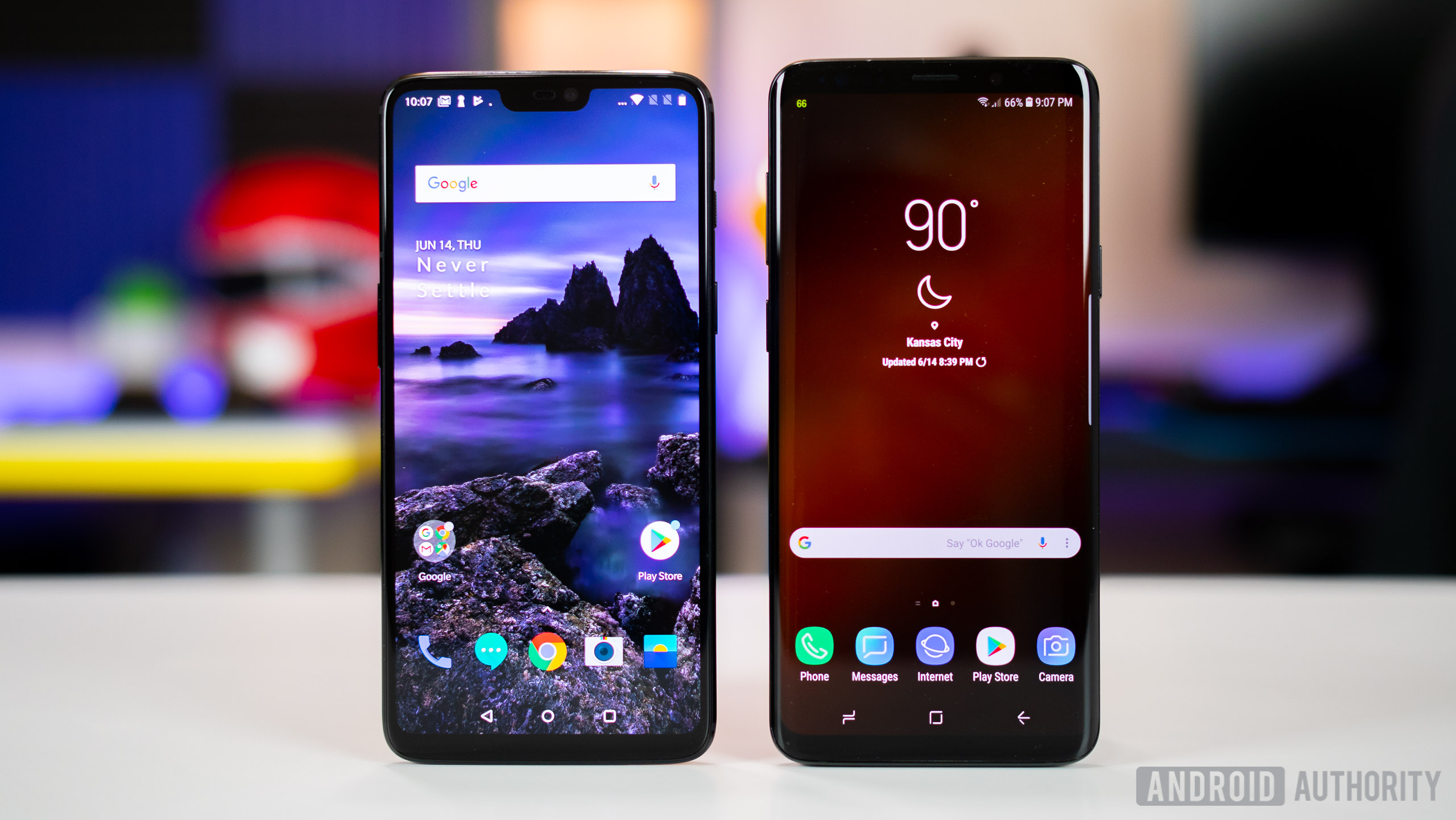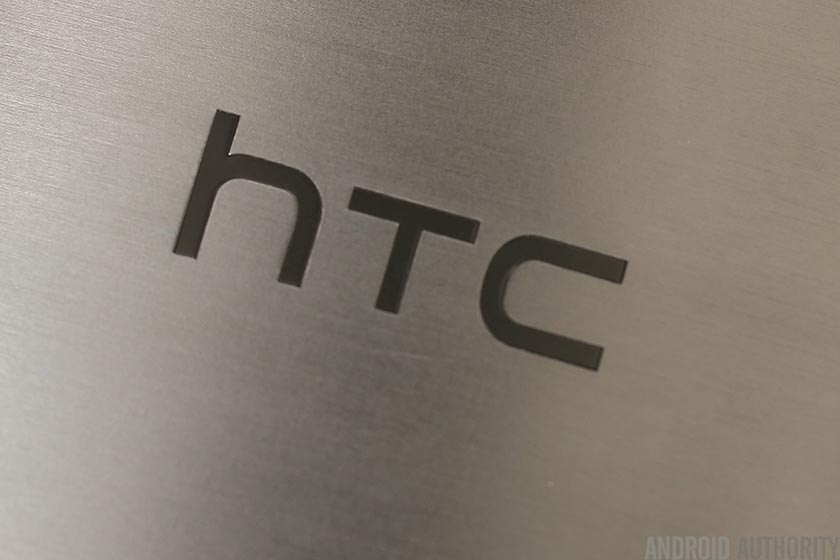
It hasn't been the greatest year for Samsung. While it's true that the company is still pulling in billions in revenue and the Samsung Galaxy S9 Plus is the most popular Android smartphone of the year so far, there's likely not much celebrating going on at Samsung HQ.
Things started to go wrong in late 2017 when Apple took the top spot in the United States for smartphone market share, and Xiaomi overtook Samsung as the smartphone king of India. Samsung tried to deny the latter feat for a while before it was independently confirmed in January of this year.
In further Indian woes, earlier today we learned that young startup Chinese company OnePlus has the most popular premium smartphone in India — the OnePlus 6 — which bested Samsung for the first time ever.
Although the popularity of the Samsung Galaxy S9 can't be denied, the phone is not doing as well as previous installments in the Galaxy S series. Samsung admitted as much in its recent Q2 2018 earnings report, and also admitted that it pushed up the release of the Samsung Galaxy Note 9 to compensate.
But the Galaxy Note 9 is already getting lambasted in the press for looking like a virtual clone of the Samsung Galaxy Note 8, which is the same criticism thrown at the underperforming Galaxy S9.
If you add these woes to the fact that smartphone sales are flattening across the board, you see that Samsung's long-held dominance of the industry is by no means certain.
With Sammy in this much hot water, what can the company do to right the ship? Here are three things that would likely help turn the tide.
Better, cheaper budget devices
There's a simple reason that Xiaomi and OnePlus are mopping the floor with Samsung in the Indian market: those companies offer better phones at cheaper price points. Samsung needs to follow suit if it wants to earn back its spot at the top.
Granted, the company is making good strides here. It just built a smartphone factory in India — the world's largest, actually — where it plans to make smartphones geared towards the local market, stamped with a "Made in India" logo.
But the most recent string of budget devices — notably the Samsung Galaxy J7 Duo — are anemic compared to similarly-priced devices from competitors. Indian consumers are incredibly price-focused and have no qualms about ditching a name brand like Samsung for something better and cheaper from another company. Samsung needs to understand this if it ever hopes to compete.
Even outside of the booming Indian market Samsung's competition is getting fiercer by the minute. Xiaomi and Huawei are gobbling up market share in Europe at an astounding rate, and Apple's rumored new iPhone strategy will likely eat away at Samsung's piece of the global pie this year into the next.
Samsung is going to have to stop being cocky and start being realistic: just because a device has a Samsung logo on it, doesn't guarantee people will pay more for it. That may have been true a few years ago, but that's not going to be a winning strategy anymore.
Streamline the portfolio

If you were to ask Samsung what its primary competitor is globally in the smartphone industry, it would likely say Apple. Let's see how many smartphones Apple released since 2017: three. I have no idea how many Samsung released in the same time period, but it is probably closer to thirty than it is to three.
Let's let that sink in: Apple released three phones over the past year and sold more in the United States than Samsung's dozens.
Granted, Samsung has streamlined its portfolio over the past few years, but it's simply not enough. If Samsung really is competing with Apple, it needs to make a concentrated effort to fight on the same level as the Cupertino company.
Right now, it feels like Samsung is trying to compete with everyone at the same time and spreading itself too thin.
Companies like Xiaomi and Huawei are young and ready to take risks to win. They are not nearly as concerned with profit margins because their investors know these are the early years. But Samsung's shareholders have been invested for decades and want profits to go up every quarter, so Samsung can't stretch itself nearly as thin as other organizations.
Samsung should cut its portfolio down to a more manageable size and focus its efforts on marketing a few awesome devices at terrific price points within the flagship, mid-range, and budget sectors. That's what will beat Apple and that's what will keep the company competitive with younger companies across all markets.
Take more risks

Over the past year, we've seen some incredible innovation from a whole lot of companies that aren't Samsung.
The Vivo Nex is arguably the most exciting smartphone to see public release in half-a-decade, with its all-screen display, pop-up selfie camera, and in-display fingerprint sensor. No phone on the market is as interesting, new, and eyebrow-raising as the Nex.
The Oppo Find X similarly sports a unique design that makes the device stand out from the crowd.
The Huawei P20 Pro is one of the most popular smartphones of the year with its three camera lenses on the rear and its unique color scheme.
Even the OnePlus 6 delivers pretty much every important feature of a flagship smartphone for hundreds less than a similar Samsung flagship. For example, our cage match between the OnePlus 6 and the Galaxy S9 Plus resulted in data so close it's hard to declare a clear winner.
There's nothing these phones (and others) do that Samsung can't also do. It's just not doing them because it's trying to stay safe. Even in the case of the ever-popular (and equally detested) notched display design, Samsung hasn't released a phone with the feature. One could argue this is Samsung boldly going against the trend, but it's easy to also argue that the company simply wasn't prepared for the trend to take off as much as it has.
On the plus side, we know Samsung has a foldable phone coming soon. We also have lots of rumors pointing to the Samsung Galaxy S10 sporting some of these new and innovative features. But will it be enough, or will it be too little too late?
Samsung is not too big to fail

Some might read this article (or simply read the headline) and rush straight to the comments to tout that Samsung is not going anywhere. The argument that the company is too large and far too established to have to worry seems solid.
But we've seen plenty of smartphone companies that were once titans crumble to shells of their former selves. HTC used to be a top-five smartphone company, and now it's not even in the top ten and still losing ground at an astounding rate. Motorola isn't having the greatest year either, and neither is LG.
These aren't tiny companies — these are major competitors! Just because Samsung has been top-dog for years doesn't make the company immune. It's losing ground in America, it's losing ground in India, it's losing market share to younger, riskier companies, and its golden goose — the Galaxy S line — is losing ground everywhere.
Samsung is not invincible, and its strategies going forward need to reflect that truth.
NEXT: A guide to Samsung's Exynos processors
from Android Authority https://ift.tt/2NXXCXS
via IFTTT






Aucun commentaire:
Enregistrer un commentaire